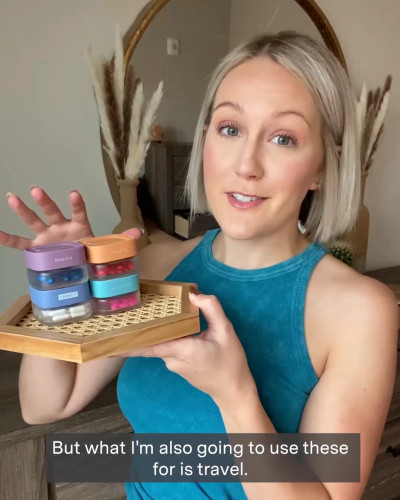
Medical Writing Team
Supported by PharmDs
In today's fast-paced world, keeping track of our health has become more important than ever. And when it comes to monitoring our blood pressure, a Fitbit can be a valuable tool. Understanding the importance of regular blood pressure checks and knowing what constitutes normal blood pressure are crucial steps in maintaining optimal health.
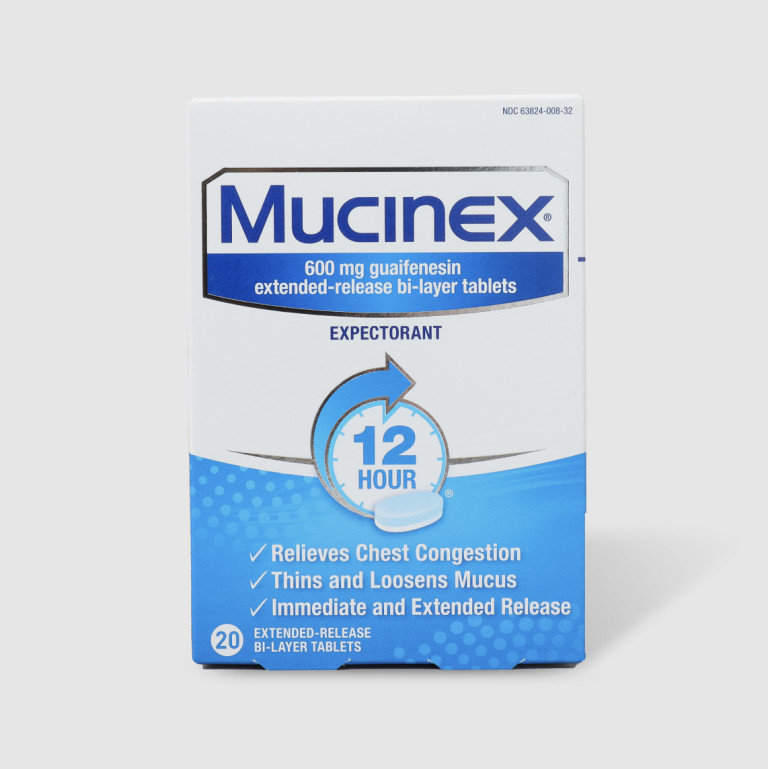
Mucinex® provides relief from chest congestion caused by cold, flu or respiratory infections through its active ingredient guaifenesin, available in eco-friendly packaging options

Celexa® (citalopram) is a selective serotonin reuptake inhibitor (SSRI) used to treat depression and anxiety disorders. In this article, we provide comprehensive information about Celexa®, including its uses, side effects, and how it's prescribed. We also explore how Cabinet Health offers eco-friendly and personalized glass bottles for medication storage, reducing plastic waste while enhancing the aesthetic appeal of your medication packaging.

Remeron®, also known as mirtazapine, is a medication used primarily to treat major depressive disorder. It's classified as a tetracyclic antidepressant and works by increasing the levels of serotonin and norepinephrine in the brain. In this article, we'll cover what Remeron® is, its side effects, how it's prescribed, and alternatives. We'll also explore how Cabinet Health can help refill your Remeron® prescription in eco-friendly glass bottles.

Venlafaxine is a medication used to treat depression, anxiety, and panic disorders. As with any medication, it can cause side effects that range from mild to severe. Cabinet Health can refill Venlafaxine prescriptions and provide personalized and eco-friendly medication packaging. Patients can get their medication in Cabinet's glass bottles, which are eco-friendly and personalized for each patient.
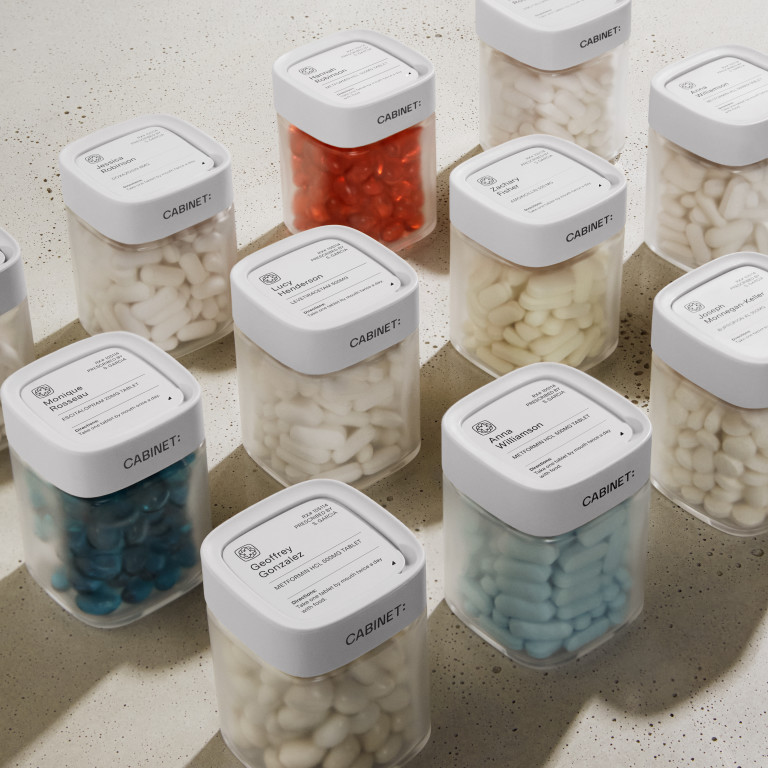
Wellbutrin® is a medication used to treat major depressive disorder and seasonal affective disorder.. Learn about its potential side effects and how it is prescribed by healthcare professionals.
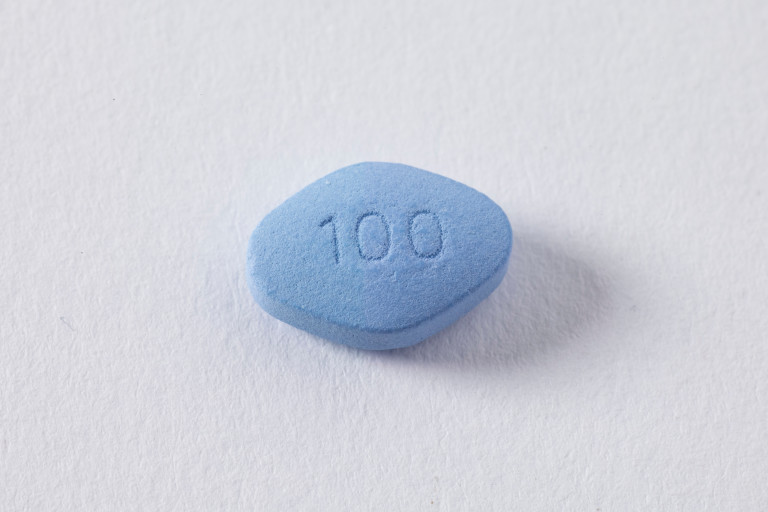
In this article, we wanted to highlight five healthcare organizations working to address the industry’s climate footprint.
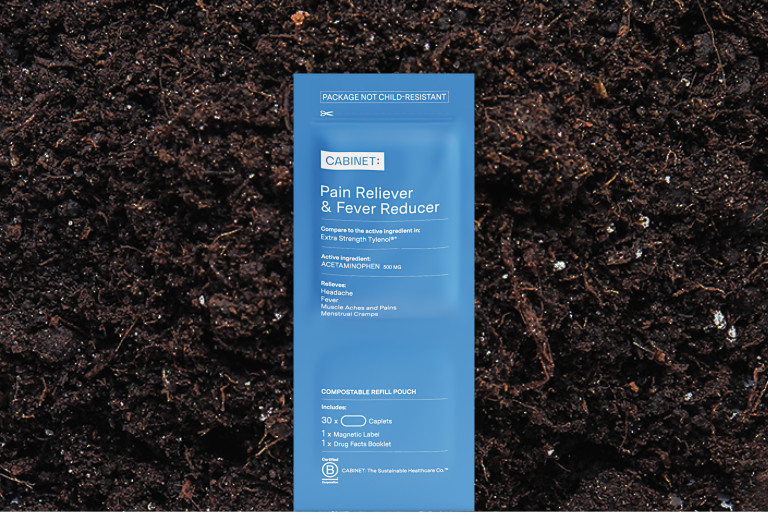
Our team at Cabinet created an innovative, sustainable packaging system to address this issue. Our packaging may be different from anything you’ve seen before, but don’t sweat it—here’s what’s included in each starter set.
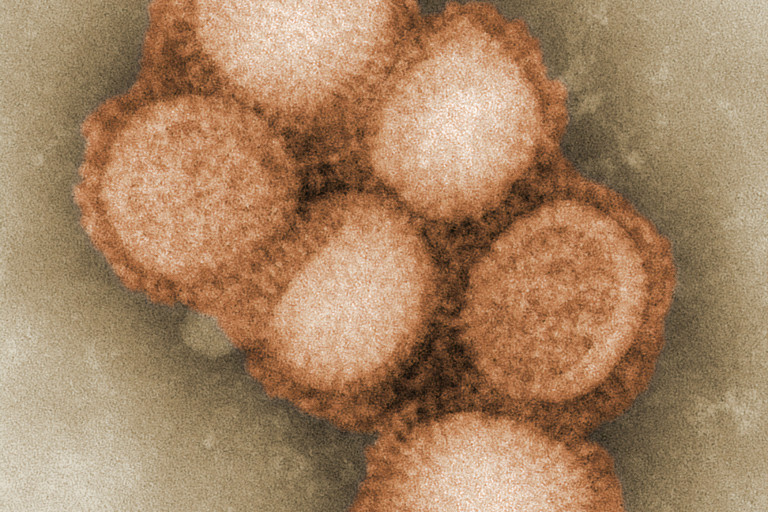
With both COVID-19 and the flu affecting so many people within our communities, it’s important to understand the similarities and differences between the two. Here’s what you need to know.
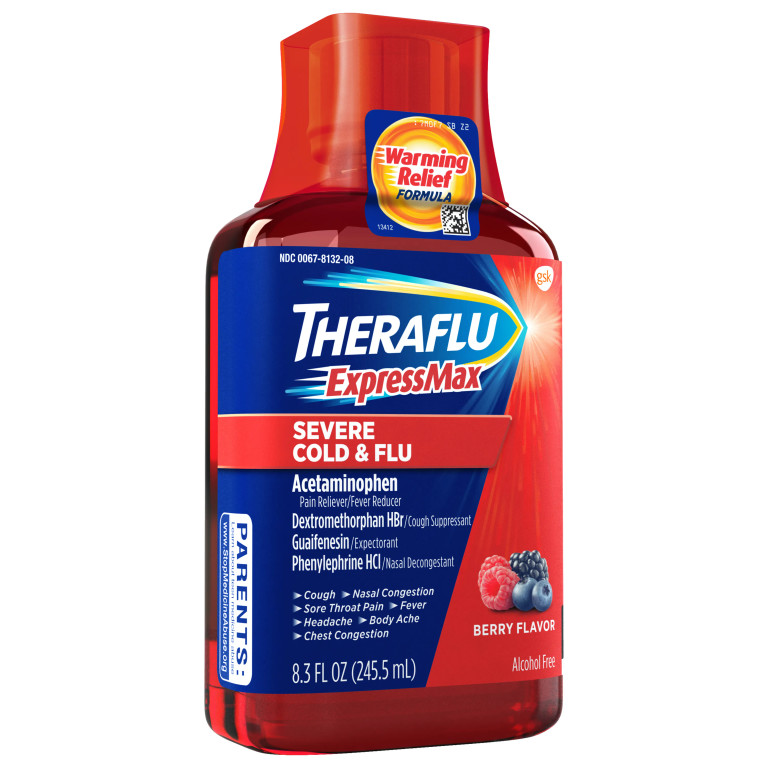
Read on to find out if you should take Theraflu ExpressMax for your cold symptoms.